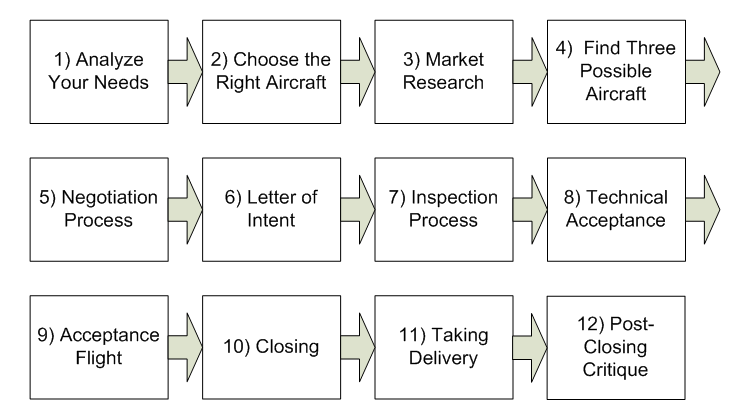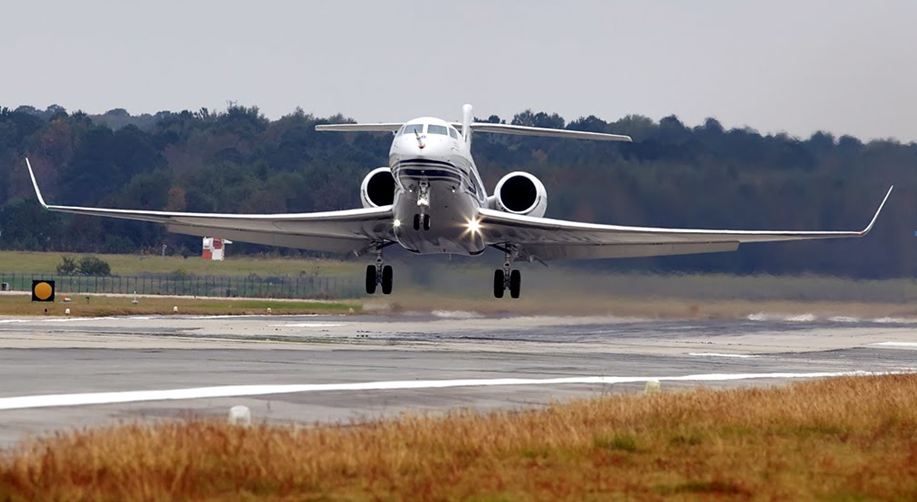By Shawn Dinning
Successful businesses adapt and progress with the times, and aircraft dry leasing is a perfect example of how many aircraft owners and users are adapting to the current market environment. If we told you there was a way to have all of the practical, operational, and efficiency benefits that aircraft owners enjoy, without actually becoming an aircraft owner, would you believe us? Aircraft dry leasing does just that. Very similar to an auto lease, here’s how it works:
Dry Leasing includes the following:
- Aircraft Lessee commits to an owner/lessor for a period of time, usually 6 months to 3 years.
- Lessee is charged a monthly rental rate for the aircraft. This rental payment grants the lessee 365 days/year of exclusive access to the leased aircraft. (Same Level of Access that an Owner has to an owned aircraft)
- Just like in the auto leasing business, the lessee is responsible for all variable and fixed operating costs of the aircraft for the entire period of the lease, as the rental payment does not cover these items e.g. fuel, maintenance, pilots, insurance, etc
- At the end of the lease period, the lessee turns the aircraft back into owner/lessor, with no further liability, regardless of the change in aircraft value (which has been depreciating for the last 4.5 years!).
Owner/Lessor Benefits
- The owner/lessor can generate lease proceeds on an asset that they are not ready to sell. For example, an owner who is upside down on the aircraft can use the rental proceeds to pay down the loan amount closer to the actual aircraft value.
- The owner/lessor can generate rental proceeds while waiting for market conditions to improve for sellers.
Lessee (Aircraft User) Benefits
- Off-Balance Sheet Transaction
- No Residual Value Risk (Even if the aircraft loses value)
- Allows the lessee to try an aircraft type out before lessee commits to an actual purchase of that type
- Allows lessee to change into different aircraft more frequently, without having to worry about the depreciation of the aircraft
Want to acquire a 10 to 20 Year Old Aircraft? Dry Leasing May Help.
Conclusions
While not for everyone, aircraft dry leasing provides you, the flight department or aircraft end user, the same exact experience and operational flexibility as aircraft ownership, except you are required to return the aircraft to the owner/lessor at the end of the lease term, and there is no risk to the lessee of residual value decline. At the end of the lease term, you can either renew the lease, or go out in the open market and buy an airplane if the market is favorable for that.
Please feel free to contact my office at Dallas Jet International to learn if dry leasing may be a viable alternative for your business aircraft needs.
1998 Challenger 604, Serial Number 5376
DJI currently has a Challenger 604 available for dry lease. If you have any questions, call me at (214) 459-3303 or write sdinning (at) DallasJet.com to discuss the particulars.

Shawn Dinning, Director of Sales & Acquisitions
Mr. Dinning acquired his formal education at the United States Air Force Academy in Colorado Springs, Colorado, in the areas of Operations Research and Management Science and also holds a degree in Aeronautical Science from Embry-Riddle Aeronautical University. Mr. Dinning brings 16 years of aviation experience from a variety of aviation disciplines, including FAR 91, FAR 121, FAR 135, defense, and shared ownership sectors. A former full-time professional pilot, Mr. Dinning holds a current Airline Transport Pilot (ATP) certificate, and is type-rated in the Gulfstream V/G550/G500/G450/G400/G350/G300, Bombardier CRJ-200, and Citation 510 Mustang. He has logged over 5500 flight hours, with 3500 of those hours in corporate turbine aircraft. Mr. Dinning has been consulted in publications such as Business & Commercial Aviation on various issues related to turbine aircraft transactions.
Mr. Dinning brings to Dallas Jet International a rare and highly valuable skill set of operational and business acumen, and has become a leader in the professional marketing and procurement of corporate turbine aircraft all around the globe. He also specializes in aircraft mission analysis, aircraft valuation, and cash flow and operating cost analysis for private aircraft owners. Mr. Dinning has a track record of successful transactions that is well known amongst his clients and colleagues. His reputation for intelligent and meticulous management of aircraft transactions have made him one of the most respected aircraft brokers in the industry.








